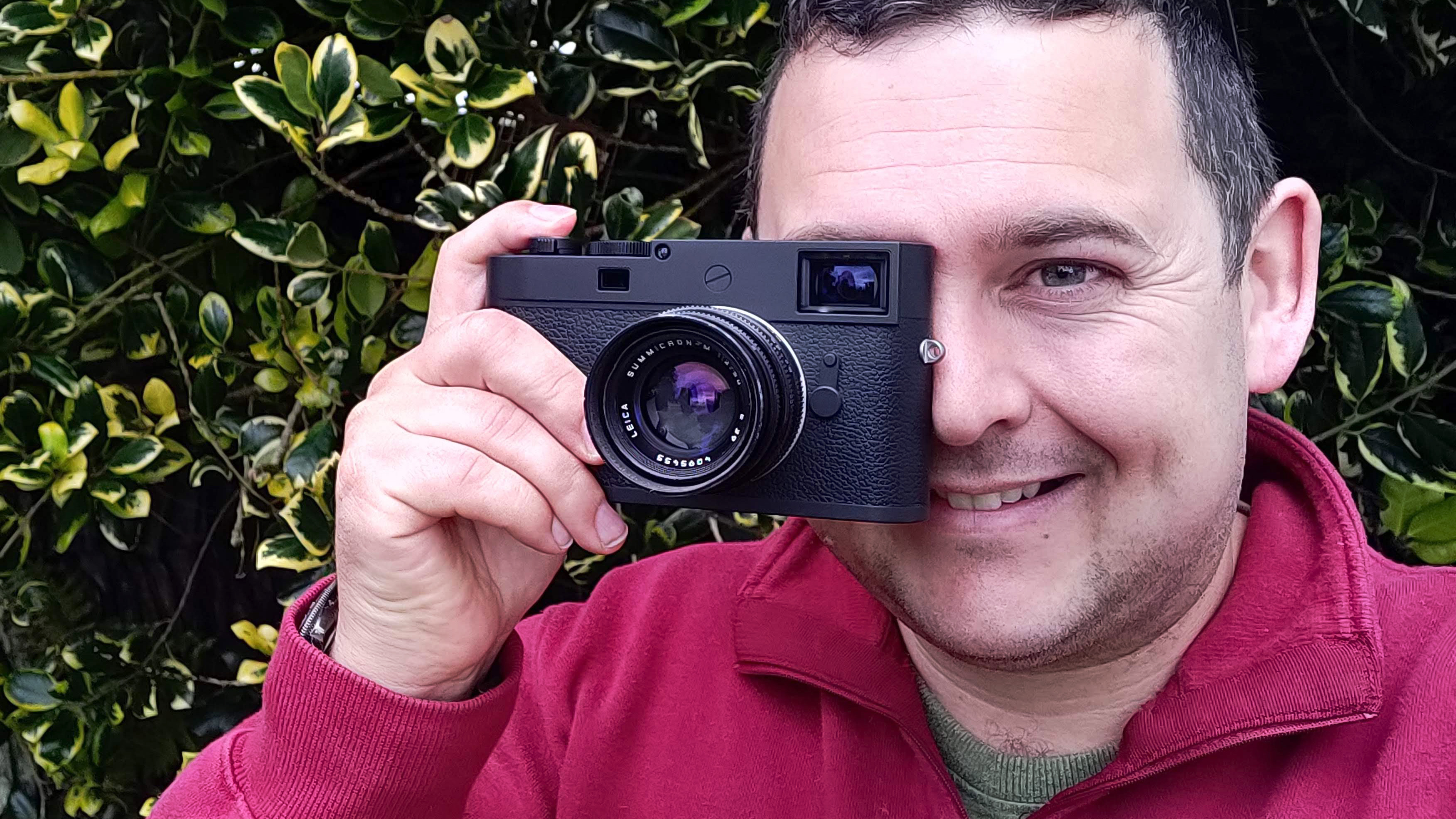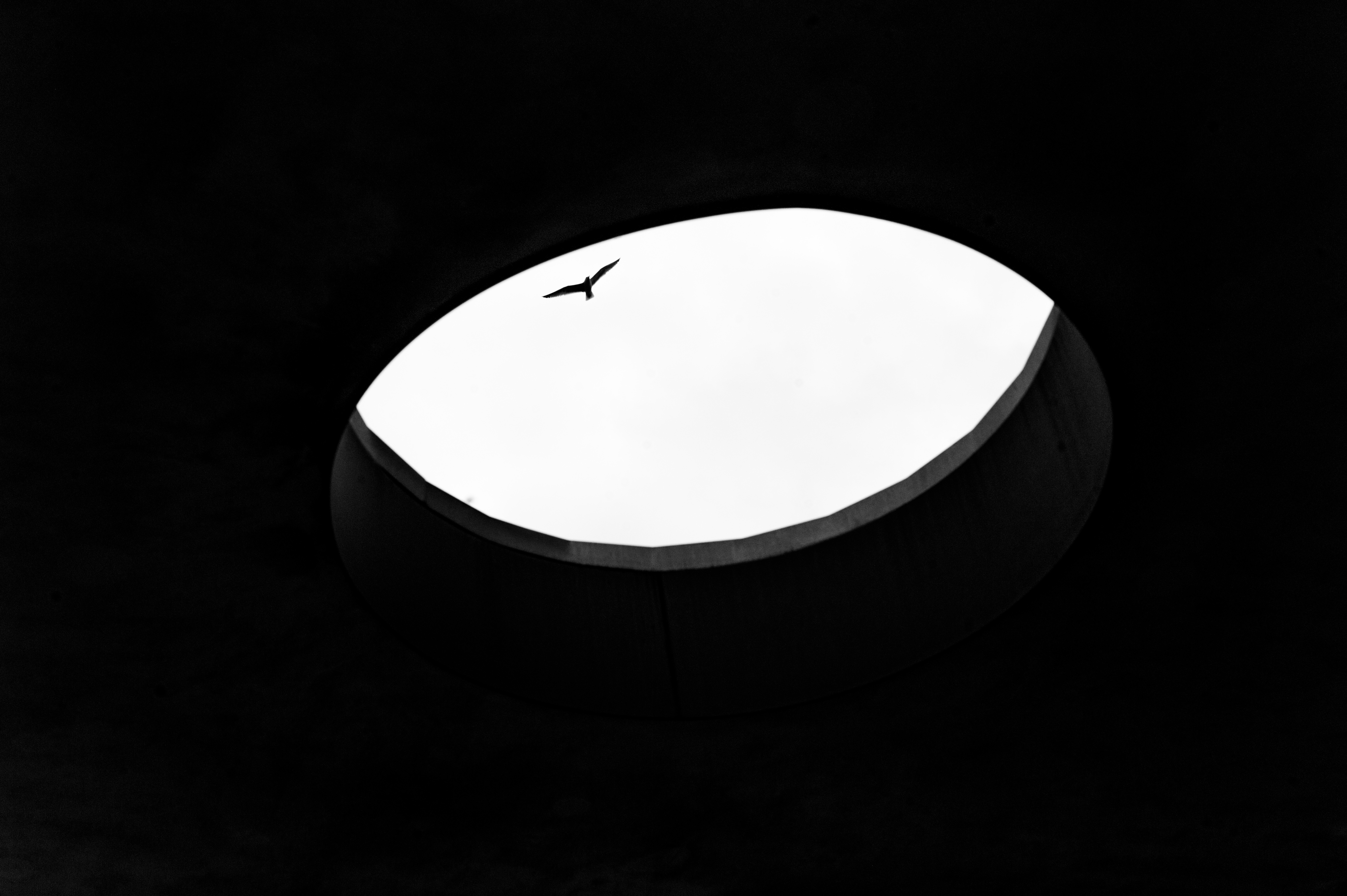
For two decades, color photography was my daily language. From pristine fields to the kaleidoscope of kit, crowd, and chaos, professional sports photography demanded vibrancy, clarity and realism.
Color told the story… or so I thought. But after 20 years of chasing the action, I found myself craving something more personal – something slower, quieter and stripped back.
So I made a radical change. I stopped shooting color altogether. What began as an experiment has turned into a revelation.

I was searching for a new creative outlet, something that would reignite my passion for photography. Shooting sport was always about peak moments, but I wanted to explore what sat between the noise – life’s unnoticed textures, the play of light on a wall, the quiet poetry in the mundane.
For me, that story had to be told in black-and-white. It forced me to see differently, to pay attention not to the color of a scene, but to its tone, its shape, and its emotion.
At first, it was simply a matter of switching my digital Leica M-E to monochrome JPEGs to see where it would take me. I wasn’t expecting much, but I quickly became completely hooked.
The subtle gradients of grey, the punchy drama between deep blacks and clean whites – suddenly, my images had a voice I’d never quite heard before. Each frame felt more honest. More deliberate. I found myself slowing down, composing more carefully and connecting with what was in front of me.

Then came film. I picked up a Leica M2 and loaded it with Fomapan 400, and I haven’t looked back. There’s a magic to the process – a physicality and discipline – that only deepened my appreciation for monochrome.
The grain, the imperfections and the surprise of seeing the final image days later, all contribute to a sense of wonder I had been missing. It’s a different kind of storytelling and it suits me now in a way color never truly did.
Today, over two years in, black-and-white is no longer a phase; it’s my default, my joy, my escape. My Leica stays firmly set to monochrome. I no longer feel the pressure to reproduce reality in full fidelity. Instead, I’m free to interpret the world as I feel it – light and shadow, contrast and mood.
It’s been the most creatively fulfilling decision I’ve made in years, and I honestly can’t see myself going back.

If you’ve never truly tried black-and-white, I encourage you to give it a go. Not just converting in post, but shooting to see in monochrome. You’ll find yourself noticing things you’d otherwise walk past.
You’ll compose more thoughtfully and you might just discover, as I did, that photography isn’t about color at all – it’s about how something makes you feel.
You might also like...
Take a look at the best cameras for black and white photography, including bodies like the Pentax K-3 Mark III Monochrome, the Leica M11 Monochrom and the Leica Q2 Monochrom.







